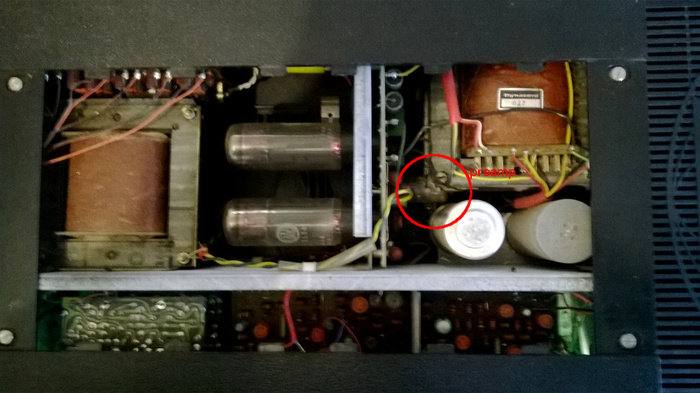

In 1922, for example, Illies & Company established a sales office for Bosch goods in Calcutta, India. This included opening up further South American and Asian regions. The company had to largely rebuild its international activities. 1920s -1945 Īfter the First World War, Bosch lost most of its international holdings, including its U.S. In the process, the company became a limited liability company (GmbH). In 1917, Bosch was transformed into a corporation and remained so until 1937, when Robert Bosch became the sole owner again after buying back his shares. Bosch opened the first factory outside Germany in Paris in 1905, and the first on another continent in 1912 in Springfield, Massachusetts (USA). By 1909, Bosch was represented by trading partners on every continent: in 1906 in New York (U.S.) and Johannesburg (South Africa), in 1907 in Sydney (Australia), in 1908 in Buenos Aires (Argentina), in 1909 in Shanghai (China), in 1910 in Rio de Janeiro (Brazil), and in 1911 in Tokyo (Japan). Bosch's international development began in 1898 with the opening of a branch in London, followed the next year by Paris, Vienna, and Budapest. In 1913, Bosch founded an apprentice workshop in order to recruit qualified young people for the production of automotive electrics. While Bosch had a workforce of 45 in 1901, it had already grown to more than 1,000 by 1908. The onset of motorization in road traffic meant that the company grew very rapidly after 1900. In this factory, Bosch started to produce generators and headlights "Bosch-Light" in 1914. In 1910, the Feuerbach plant was founded and built close to Stuttgart. In the same year, Bosch introduced the 8-hours day for workers. In 1906, the company produced its 100,000th magneto. In 1901, Bosch opened its first factory in Stuttgart. In 1902, the chief engineer at Bosch, Gottlob Honold, unveiled the high-voltage magneto ignition system with spark plug. The next year Bosch presented a low voltage magneto for gas engines.įrom 1897, Bosch started installing magneto ignition devices into automobiles and became a supplier of an ignition system.

The company started in a backyard in Stuttgart-West as the Werkstätte für Feinmechanik und Elektrotechnik ( Workshop for Precision Mechanics and Electrical Engineering) on 15 November 1886.


 0 kommentar(er)
0 kommentar(er)
